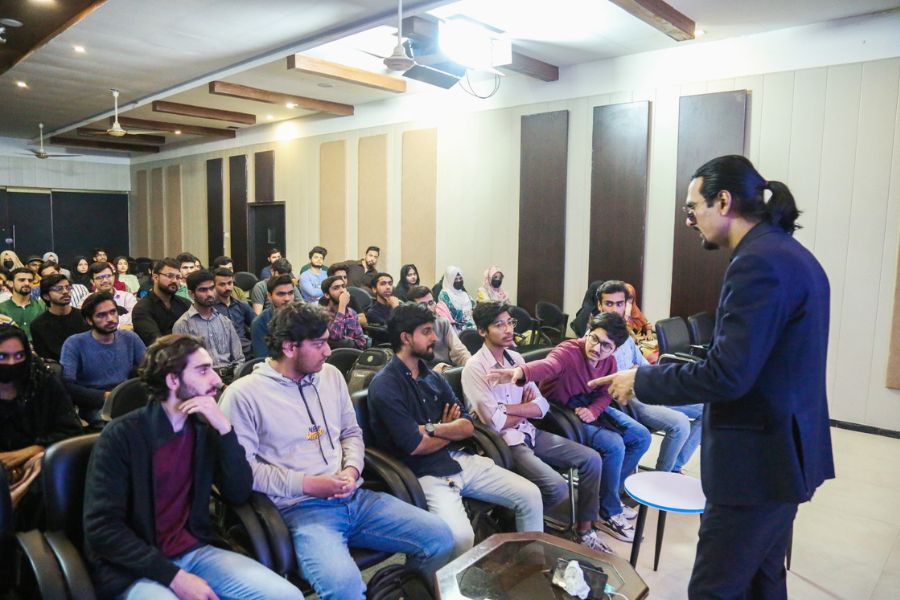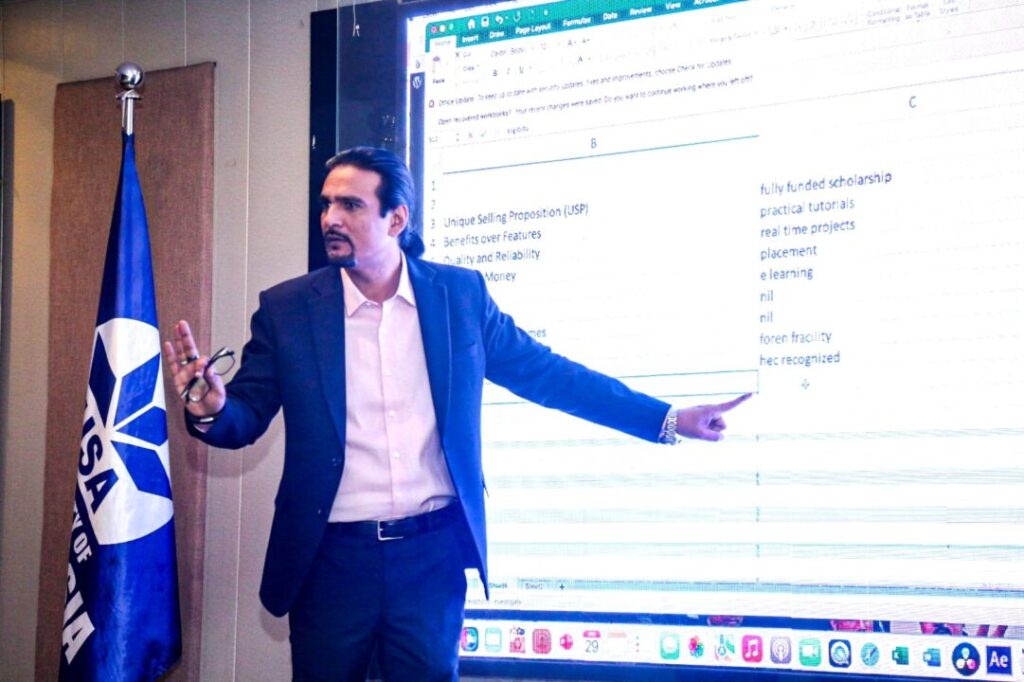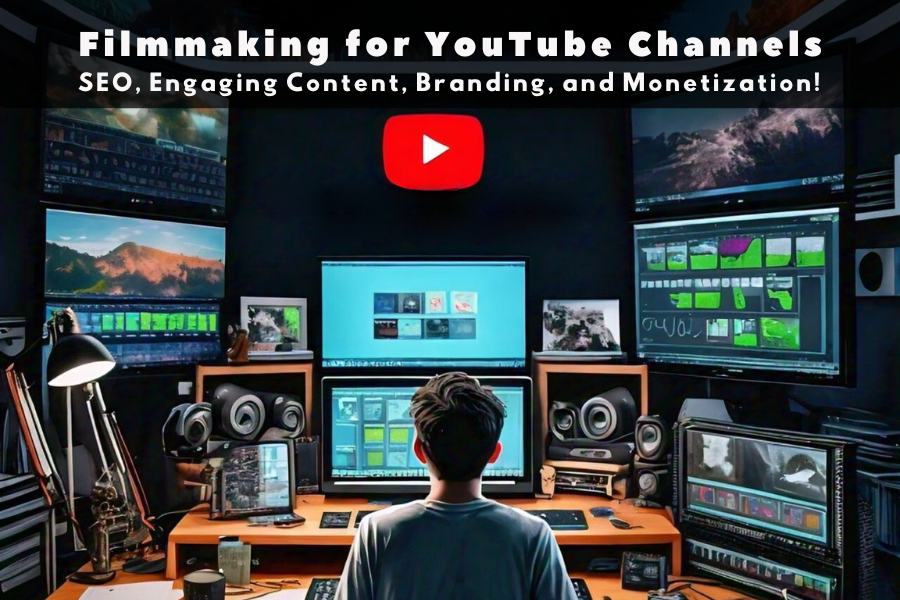Introduction To Filmmaking for YouTube Channels
YouTube is an incredible platform for filmmakers to showcase their work, reach a global audience, and even make a living. But simply uploading videos isn’t enough. To thrive in filmmaking for YouTube channels, filmmakers need to master several elements: YouTube SEO for filmmakers, creating engaging content for YouTube, YouTube channel branding for filmmakers, monetization strategies for YouTube filmmakers. This guide will walk you through the essentials, helping you build a successful YouTube channel step by step.
Understanding YouTube SEO for Filmmakers

YouTube SEO for Filmmakers is all about optimizing your videos to be easily found by viewers. It involves using the right keywords in your titles, descriptions, and tags. Think of SEO as the map that leads viewers to your content.
The Basics of YouTube SEO
SEO starts with understanding what your audience is searching for. This involves using specific keywords that relate to your content. For instance, if your video is about creating a short film, keywords like “short film tutorial” or “how to make a short film” can be beneficial.
Importance of Keywords in Video Titles and Descriptions
Your video title is the first thing viewers see, and it needs to be compelling and keyword-rich. Similarly, your description should provide a detailed overview of the video while incorporating relevant keywords naturally. This not only helps with search rankings but also gives viewers a clear idea of what to expect.
Using Tags Effectively
Tags help YouTube understand the context of your video. Use a mix of broad and specific tags. For example, a video on lighting techniques for filmmaking might include tags like “filmmaking,” “lighting,” “cinematography tips,” and “film lighting tutorial.”
Crafting Compelling Thumbnails
Thumbnails are visual hooks that attract viewers to click on your video. They should be high-quality, relevant to the content, and include readable text. A good thumbnail can significantly increase your click-through rate.
Keyword Research for YouTube Videos
Finding the right keywords is crucial for SEO. Keywords should reflect what your target audience is searching for.
Finding Long-Tail Keywords
Long-tail keywords are more specific and less competitive, making it easier for your video to rank. Instead of using a broad keyword like “filmmaking,” a long-tail keyword might be “low budget filmmaking tips.”
Tools for Keyword Research
Tools like Google Keyword Planner, TubeBuddy, and VidIQ can help you find effective keywords. These tools provide insights into search volumes and competition levels, guiding you to make informed choices.
Incorporating LSI Keywords
Latent Semantic Indexing (LSI) keywords are terms related to your main keyword. They help improve the relevancy of your content. For example, if your main keyword is “filmmaking,” LSI keywords could be “cinematography,” “film editing,” and “movie production.”
Creating Engaging Content for YouTube
Creating engaging content for YouTube is key to retaining viewers and building a loyal audience. Here’s how to make your content captivating.
Understanding Your Audience
Know who your viewers are and what they want to see. Use YouTube Analytics to gain insights into their demographics and preferences. This knowledge will help you tailor your content to meet their needs.
Storytelling Techniques for Filmmakers
Good storytelling is at the heart of engaging videos. Structure your videos with a clear beginning, middle, and end. Use conflict and resolution to keep viewers hooked.
Balancing Creativity and Audience Expectations
While it’s important to be creative, always consider what your audience expects. If they subscribe for filmmaking tips, don’t suddenly switch to unrelated content.
Consistency in Content Creation
Consistency builds trust and keeps viewers coming back. Set a regular upload schedule and stick to it. Whether it’s once a week or once a month, consistency is crucial.
Filmmaking Techniques for YouTube
High-quality videos stand out. Here are some essential filmmaking techniques to enhance your content.
Shooting High-Quality Videos
Invest in a good camera and lighting equipment. Even with a smartphone, you can shoot great videos if you pay attention to lighting and composition.
Importance of Good Audio
Bad audio can ruin even the best video. Use a good microphone and minimize background noise. Audio quality is just as important as video quality.
Editing Tips and Software Recommendations
Editing is where your footage comes to life. Use software like Adobe Premiere Pro, Final Cut Pro, or DaVinci Resolve. Pay attention to pacing, transitions, and color grading.
Using B-Roll and Cutaways Effectively
B-roll and cutaways add depth to your videos. They keep viewers engaged and provide visual context. Use them to illustrate points and break up long talking segments.
YouTube Channel Branding for Filmmakers
Your brand is your identity on YouTube. Here’s how to create a memorable and cohesive brand for YouTube Channel Branding for Filmmakers.
Developing a Unique Brand Identity
Your brand should reflect your personality and the type of content you create. Think about your values, style, and what makes you unique.
Creating a Memorable Channel Name and Logo
Choose a channel name that’s easy to remember and represents your brand. Your logo should be simple and recognizable.
Designing a Cohesive Look and Feel
Consistency in visuals reinforces your brand. Use the same color scheme, fonts, and style across all your videos and channel art.
Importance of Channel Art and Intro Videos
Your channel art is the first thing visitors see. Make sure it’s professional and inviting. An intro video can welcome new viewers and explain what your channel is about.
Optimizing Video Descriptions and Metadata
Metadata helps YouTube understand your video’s content and context.
Writing Detailed and Keyword-Rich Descriptions
Your description should provide a comprehensive overview of the video. Include keywords naturally and add relevant links and CTAs.
Using Timestamps and Chapters
Timestamps help viewers navigate your video. They’re especially useful for long videos. Chapters break your video into sections, making it easier to follow.
Adding Relevant Links and CTAs
Include links to your social media, website, or other videos. Use call-to-actions to encourage viewers to like, comment, and subscribe.
Promoting Your YouTube Channel
Promoting your YouTube Channel is essential to grow your channel. Here’s how to spread the word.
Using Social Media Effectively
Share your videos on all your social media platforms. Tailor your posts to fit each platform’s style and audience.
Collaborations and Guest Appearances
Collaborating with other YouTubers can expose you to a new audience. Look for creators with a similar audience and propose collaboration ideas.
Engaging with Your Audience
Respond to comments, ask for feedback, and create community posts. Engaging with your audience builds loyalty and encourages repeat views.
Cross-Promoting with Other Content Platforms
Promote your YouTube channel on your blog, podcast, or other platforms. Cross-promotion can attract viewers who prefer different types of content.
Monetization Strategies for YouTube Filmmakers
Monetizing your channel can turn your passion into a profession.
Overview of YouTube Partner Program
The YouTube Partner Program allows you to earn money from ads. To qualify, you need at least 1,000 subscribers and 4,000 watch hours in the past 12 months.
Ad Revenue and Its Potential
Ad revenue depends on factors like viewer demographics and ad engagement. It can be a significant income source but varies greatly.
Using Patreon and Crowdfunding
Platforms like Patreon allow your audience to support you directly. Offer exclusive content or perks to your patrons.
Sponsorships and Product Placements
Brands may pay you to promote their products. Choose sponsorships that align with your content and audience.
Advanced SEO Tactics for YouTube
To stay ahead, use advanced SEO tactics.
Analyzing Video Performance
Regularly review your video analytics. Look for patterns in watch time, audience retention, and click-through rates.
Adjusting Strategies Based on Analytics
Use insights from your analytics to refine your SEO and content strategies. If certain types of videos perform better, make more of them.
Importance of Watch Time and Viewer Retention
Watch time and viewer retention are key metrics for YouTube’s algorithm. Create engaging content that keeps viewers watching longer.
Engaging with Your Community
A strong community can boost your channel’s growth.
Building a Loyal Subscriber Base
Encourage viewers to subscribe and turn on notifications. Offer value in every video to keep them coming back.
Responding to Comments and Feedback
Engage with your viewers in the comments. Respond to questions, thank them for their feedback, and foster a sense of community.
Creating a Community Around Your Channel
Host live streams, Q&A sessions, or community challenges. These activities help build a stronger connection with your audience.
Using Analytics to Improve Your Channel

Analytics provide valuable insights into your channel’s performance.
Understanding YouTube Analytics
YouTube Analytics offers data on views, watch time, audience demographics, and more. Use this data to understand your audience and content performance.
Tracking Key Metrics
Focus on metrics like watch time, audience retention, and subscriber growth. These indicate how well your content is engaging viewers.
Making Data-Driven Decisions
Use analytics to guide your content strategy. If certain videos perform better, analyze why and replicate those elements.
Legal Considerations for YouTube Filmmakers
Understanding legal issues is crucial to avoid problems.
Copyright Laws and Fair Use
Always respect copyright laws. Use music and footage you have rights to, or that fall under fair use.
Music and Stock Footage Licensing
Use royalty-free music or get licenses for the music and footage you use. There are many resources available for filmmakers.
Privacy and Consent in Filming
Get consent from people you film, especially if it’s a private or sensitive context. Respect privacy and ethical guidelines.
Conclusion
Building a successful YouTube channel as a filmmaker involves mastering SEO, creating engaging content, developing a strong brand, and finding effective monetization strategies. It’s a journey that requires dedication, creativity, and a willingness to learn and adapt. So, start filming, keep experimenting, and most importantly, enjoy the process.
FAQs
How important is SEO for YouTube filmmakers?
SEO is crucial for visibility and discoverability. It helps your videos reach the right audience and increases your chances of ranking higher in search results.
What are some free tools for keyword research?
Google Keyword Planner, TubeBuddy, and VidIQ offer free versions that provide valuable insights for keyword research.
How often should I upload new videos?
Consistency is key. Upload as often as you can maintain quality, whether that’s weekly, bi-weekly, or monthly.
What’s the best way to monetize my YouTube channel?
Beyond ad revenue, consider Patreon, sponsorships, and product placements. Diversifying your income streams can increase your earnings.
Can I use any music in my videos?
No, you need to ensure you have the rights to use music. Use royalty-free music or obtain proper licenses to avoid copyright issues.

